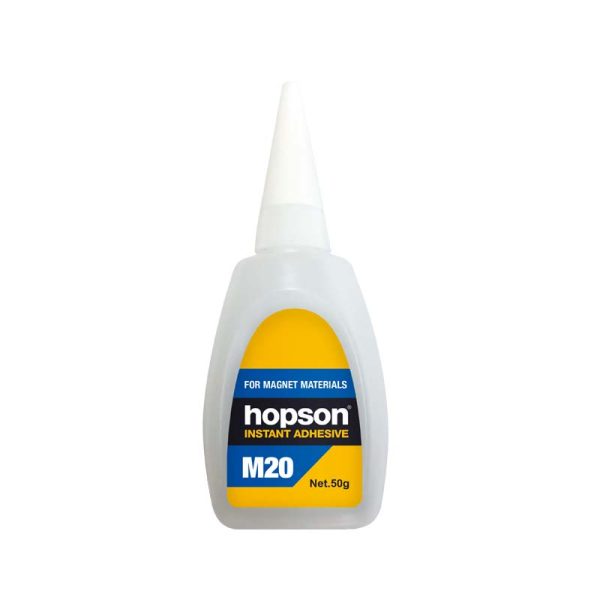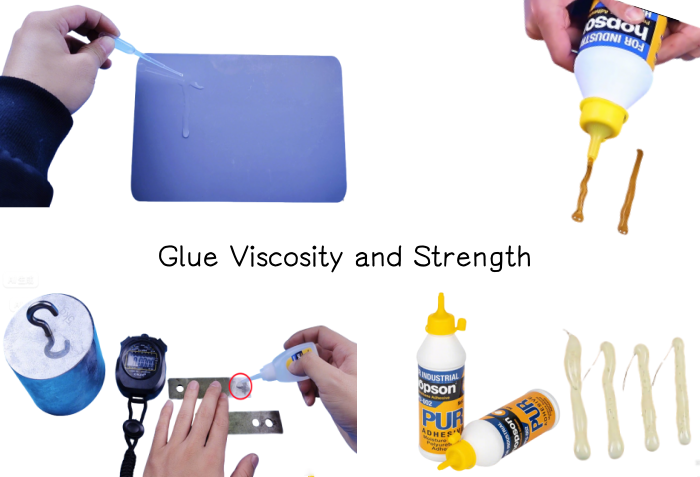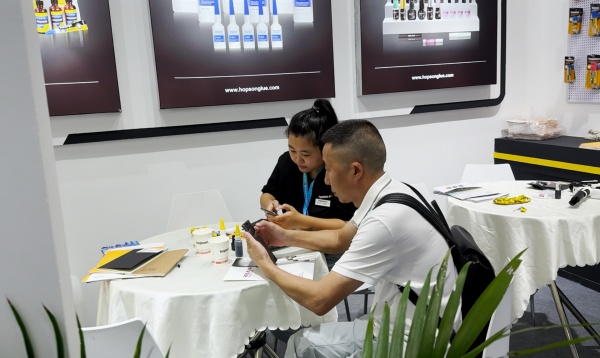Magnets are difficult to connect to because they have strong magnetic fields and usually smooth surfaces.
To stick magnets together well, you need a glue that can stand up to the pull forces of magnets and also form a strong bond. Magnets have long been stuck together with super glue, which cures quickly and has a high gluing power.
However, how well it works can change based on the type of magnet used. This guide will go into detail about how to use super glue on magnets, as well as other adhesives that can also stick magnetic materials together well, etc.
Why Super Glue Works Well for Magnets
Super glue (cyanoacrylate adhesive) is great for sticking things together with magnets because it is fast, strong, and easy to use. For most magnet projects, this glue is better than others because:
1. Instant Grip:
It takes more than 30 minutes for cement to set, but super glue can hold magnets in place in seconds. To finish, just press a clean magnet against a surface for 15 seconds. You do not have to use clamps or wait. This power to “lock-in-now” is great for:
- Making stickers for fridges
- Putting together sample parts
- Getting rid of loose magnetic clasps
2. Strength That Can not Be Seen:
Super glue makes a very thin, very hard layer that magnets can not move from. Magnets can stick together with full force because super glue forms an ultra-thin link.
3. Mastery of Metal:
Most magnets, like shiny nickel-plated neodymium, do not stick to regular glue because their surfaces are so smooth. Super glue chemically joins with these metals and holds them together like an unseen weld. For the best hold, lightly sand shiny surfaces with sandpaper first.
Why Super Glue Works Well for Magnets?
Magnet Type | Super Glue Applicability | Precautions |
Neodymium magnets | ★★★★★ | Avoid contact with galvanized surfaces |
Ceramic magnets | ★★★★☆ | Need sandpaper polishing |
Samarium cobalt magnets | ★★★★☆ | Need epoxy resin glue for temperatures above 150°C |
Step-by-Step Application Guide of Super Glue for Bonding Magnets
- First, clean the surfaces of the magnet and the material you’re attaching it to with a bit of isopropyl alcohol to remove any dirt or grease.
- Next, apply a thin layer of super glue to one surface.
- Press the magnet firmly onto the glued surface and hold it in place for about 30 seconds to a minute.
- Avoid using too much glue, as excess can weaken the bond.
- Finally, let the glue cure fully according to the manufacturer’s instructions, usually around 24 hours, before handling the bonded parts.
Recommended Alternatives to Super Glue for Magnets
While super glue is a popular choice for attaching magnets, there are alternative glues that may work just as well for your needs.
Lightweight magnets are simple and fun to use in craft projects using glue dots and double-sided tape. They make it easy and quick to attach without the mess that comes with liquid adhesives.
Low-temperature hot glue could be a beneficial solution if you have ceramic magnets. However, it’s crucial to remember not to use hot glue with neodymium magnets. The high temperature of the glue might make neodymium magnets less effective by weakening them.
Silicone adhesives are better for these kinds of circumstances since they are flexible and can handle high temperatures. Epoxy resin adhesive is also a beneficial choice because it makes a strong, long-lasting bond.
The kind of magnet you are attaching it to, the material you are using, and the conditions the connection will be in will all play a role in deciding which glue is best for your magnets.
How to Remove Super Glue from Magnets?
Sometimes, you may need to remove super glue from magnets, such as when you spill it, lose it, or have to start a project again. Using a super glue remover (debonder) made especially for cyanoacrylate adhesives is the safest and most effective way to do this.
The Video of Using H790 Super Glue Remover to Remove Glue from Metal
Step-by-step removal:
- Look at the magnet’s coating. Most debonders (such as acetone-based removers) are safe if the magnet is nickel-plated. Avoid using strong chemicals on either uncoated or epoxy-coated magnets.
- Use the Debonder: Soak a cotton swab in the remover and gently dab the area where the glue is. Give the glue 1 to 2 minutes to soften.
- Carefully peel or scrape—use a plastic scraper or toothpick to lift the adhesive. Do not use metal tools; they might scratch the magnet.
- Clean and Dry: Use isopropyl alcohol to wipe away any residue, then let it dry completely before re-gluing.
FAQ
Q: How long does superglue take to cure magnets?
Superglue sets in 10 seconds to 1 minute, and depending on humidity and temperature, it takes 24 hours to fully cure.
Q: What surfaces can I bond magnets to using super glue?You can bond magnets to metal, wood, plastic, and glass, provided you clean and roughen them for improved adhesion.
Q: Is super glue safe for all types of magnets?
Avoid neodymium magnets with coatings; use epoxy or specialized adhesives to prevent damage.
Q: What kind of glue will stick to a magnet?
Use either epoxy, instant super glue, or specialized magnet adhesives such as UHU MAX REPAIR.
Q: Does super glue damage metal?
No, super glue does not damage metal, but you should clean the metal with alcohol first to ensure a strong bond.
Q: Will super glue weaken my magnets?
No, but high heat during curing may demagnetize neodymium magnets.
Q: Can I superglue a magnet to wood?
Yes, but ensure wood is dry; epoxy or polyurethane glue offers stronger bonds.
Q: How are magnets glued to glass?
Use super glue or UV resin; apply sparingly to avoid visible residue.







